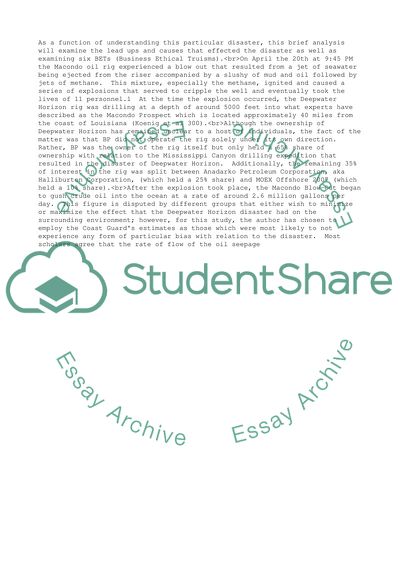Cite this document
(BP Explosion Research Paper Example | Topics and Well Written Essays - 3500 words, n.d.)
BP Explosion Research Paper Example | Topics and Well Written Essays - 3500 words. https://studentshare.org/business/1797328-bp-explosion
BP Explosion Research Paper Example | Topics and Well Written Essays - 3500 words. https://studentshare.org/business/1797328-bp-explosion
(BP Explosion Research Paper Example | Topics and Well Written Essays - 3500 Words)
BP Explosion Research Paper Example | Topics and Well Written Essays - 3500 Words. https://studentshare.org/business/1797328-bp-explosion.
BP Explosion Research Paper Example | Topics and Well Written Essays - 3500 Words. https://studentshare.org/business/1797328-bp-explosion.
“BP Explosion Research Paper Example | Topics and Well Written Essays - 3500 Words”. https://studentshare.org/business/1797328-bp-explosion.


